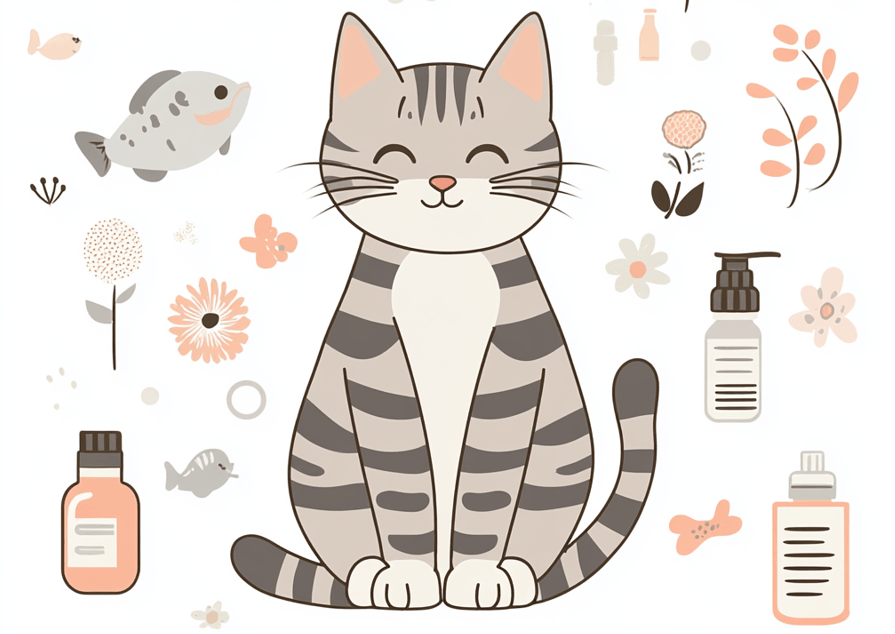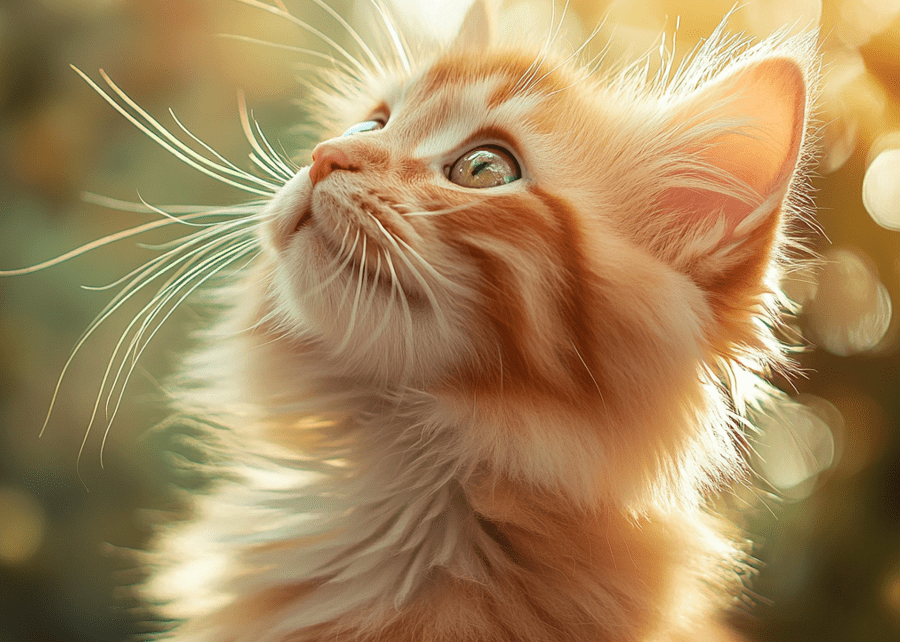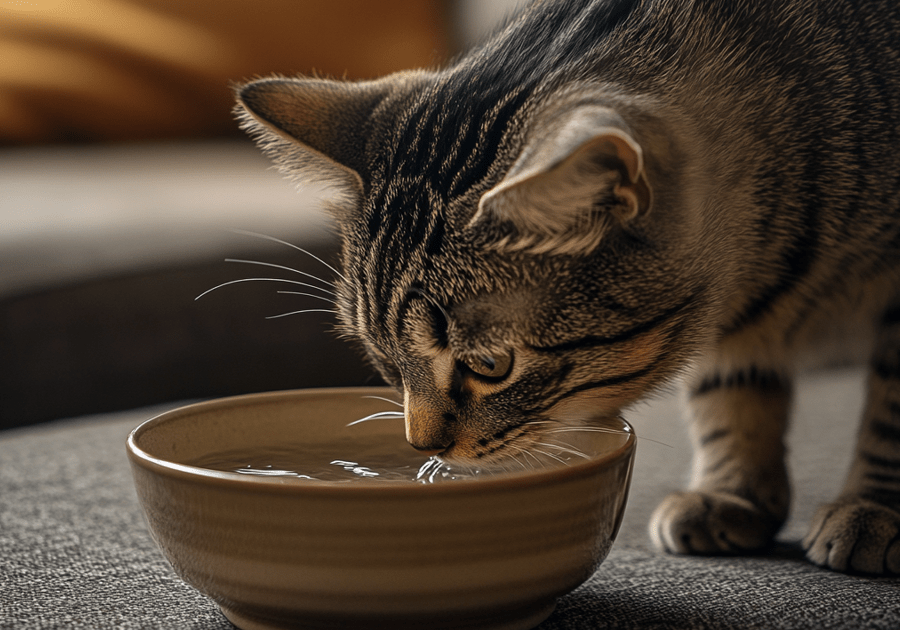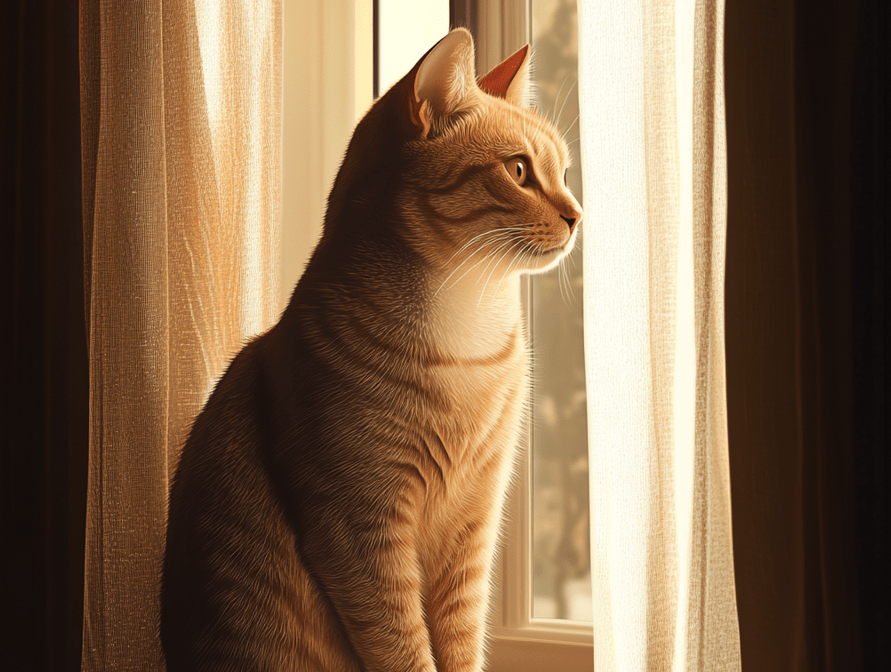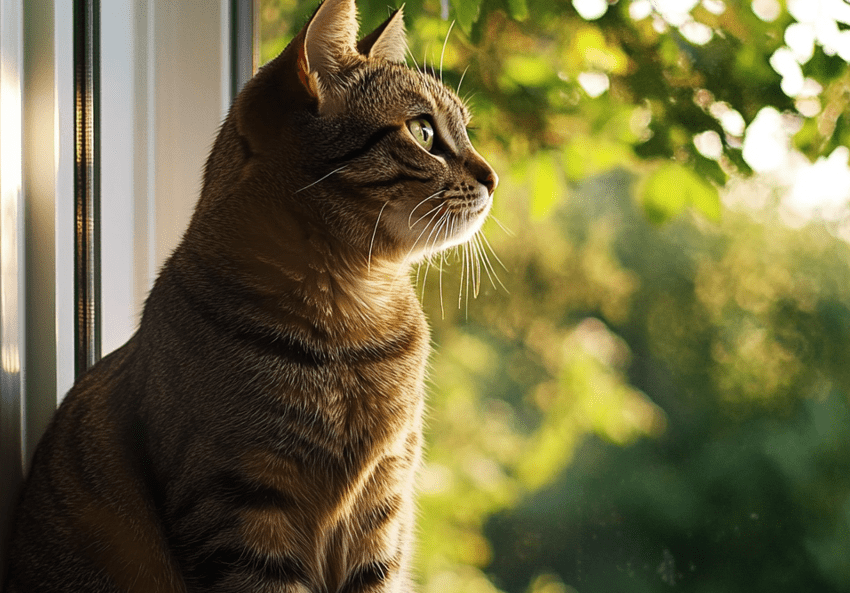
Understanding cat kidney disease forms an important premise for those who own cats in an effort to give their pets a long and healthy life. This disease is one of the significant health problems of cats most especially the felines with age. Cats that develop this kidney disease should be treated with an understanding of their causes, symptoms, diagnosis, and treatment to enable the cat to live comfortably. In this article, the reader will learn about the various categories of kidney disorders in cats, the signs of this illness, and how to deal with it properly.
To watch the summary of this article, just watch this video-
What is kidney disease in Cats?
Feline renal disease is a disease that is characterized by a failure of the kidneys to perform appropriately. Feline Chronic Kidney Disease commonly known as CRF is progressive and slowly affects the kidneys of the cat. AKI, however, is reversible and develops rapidly usually as a result of a toxin or an infection. CKD is seen in cats more often if they are senior whereas AKI can happen to cats of any age.
These are vital organs of the body that help in cleansing the blood and deciding the amount of fluid to retain or release and also secreting hormones that are necessary to the body. When these organs start to fail, toxins accumulate in the bloodstream causing many symptoms and symptoms.
Functions of Kidneys in Cats
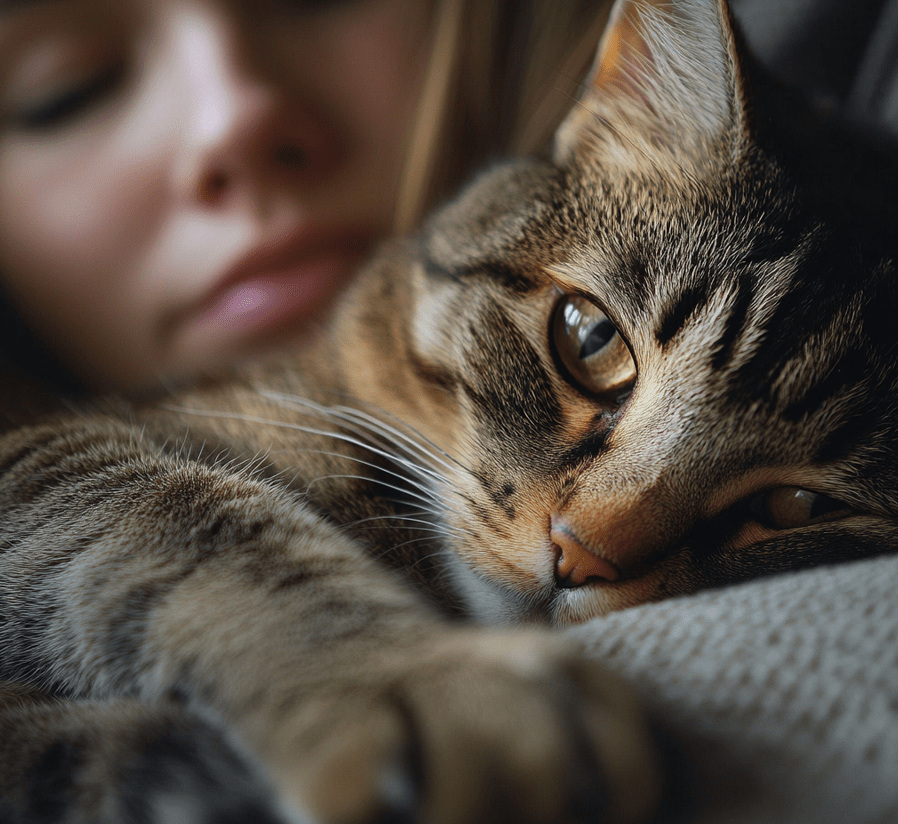
The kidneys in cats have several vital roles:
Filtration of waste products: The kidneys remove from circulation toxic substances and metabolic wastes; urea and creatinine, for instance.
Regulation of water balance and electrolytes: They also assist in the regulation of water in the body practice by modulating the amount of water eliminated in urine so as to avoid situations like a result in excess or a lack of water.
Blood pressure regulation: They help in regulating blood pressure by reducing those levels of sodium and fluids in the body.
Hormone production: In addition, the kidneys synthesize such hormones as erythropoietin, which is in charge of blood synthesis of red blood cells, and renin, which controls blood pressure.
When kidney disease happens, these roles are disrupted, and toxins begin to accumulate while electrolytes are either becoming more abundant or scarce, conditions that may have negative effects on the body.
They include: contamination with toxic substances, heredity, diabetes, high blood pressure, obesity, and urinary tract infections.
Several factors can contribute to kidney disease in cats, including:
Age and genetics: Feline kidney disease affect elderly cats particularly Persians and the Maine Coon races because of genetic inclination.
Underlying conditions: Some of the conditions that if not well dealt with can cause kidney problems include diabetes, hypertension, and hyperthyroidism.
Toxins and medications: The following are some of the causes of kidney injury: Antifreeze, some antibiotics, and Nonsteroidal anti-inflammatory drugs (NSAIDs).
Chronic infections or inflammation: Cattar acts or other infections that form recurrent urinary tract infections or inflammatory conditions for instance feline interstitial nephritis may cause kidney damage later on in life.
This is true because many of the issues a cat suffers from may just be symptoms of kidney disease rather than actual problems.
Pet owners should take their cats to the vet at the first signs of kidney disease to have the problem properly addressed. Common symptoms of kidney disease in cats include:
Increased thirst and urination (polydipsia and polyuria): Because diabetic nephropathy impairs the ability of the kidneys to concentrate the urine, cats may drink and urinate more often.
Decreased appetite and weight loss: There are cases where the cat that is suffering from kidney disease starts to lose appetite and ultimately starts losing weight.
Lethargy and weakness: Any kidney disease will result in tired-looking cats as the disease makes them sluggish and less energetic than before.
Vomiting and diarrhea: Such buildup may create some form of gastrointestinal upset that results in vomiting and frequent diarrhea.
Bad breath (uremic halitosis): One of the early signs of kidney failure in cats may be an ammonia-like smell in the cat’s breath.
At stages of the disease activity, signs may become more pronounced and the condition of the cat may decline.
How to Diagnosis of Kidney Disease in Cats:
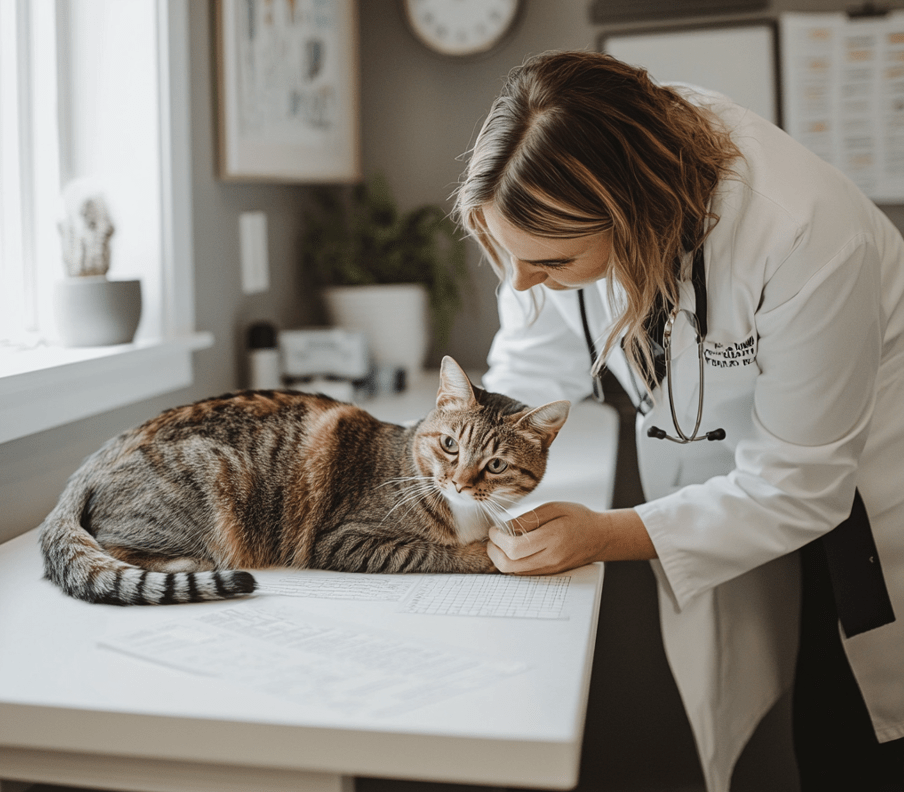
If kidney disease is suspected, a veterinarian will conduct a thorough examination, including:
Physical exam and medical history: A vet will look for symptoms of dehydration, weight loss, and changes in the cat’s health condition.
Laboratory tests: Creatinine, blood urea nitrogen, and urinalysis are major screening tools for kidney function and the accumulation of wastes in the body.
Imaging: Abdominal and pelvic CT or MRI scans may be required to assess the size of the rental units and determine whether or not they are normal or if they have features suggesting pathology such as cysts or tumors Large renal cysts, for example, may be better evaluated by CT than by ultrasound.
Staging of the disease: This illness is also categorized according to its stage, mainly to formulate the right therapy and care.
What is it like to have a cat and take care of it when it has kidney disease?
Kidney disease is a long-term disease and the management of this disease requires that the treatment plan be altered from time to time. Here are some tips for caring for a cat with kidney disease:
Regular vet visits: This is because there is a need to check on the cat occasionally to see how it is doing and make some changes to the medical treatment.
Monitor symptoms: Pay attention to changes in appetite, thirst, urination, and level of activity. Any of these symptoms should be brought to the attention of your vet as soon as possible.
Diet and hydration: The diet is also important and should be kidney-friendly and water cats should always diets be available to water the fountain cat. for Get cats.
Comfort your and your cat’s stress reduction: drink in Kidney water kittens’ disease and is one common about has to give to ensure that the kittens are well taken care of by providing them with a comfortable environment.
Prevention and Early Detection
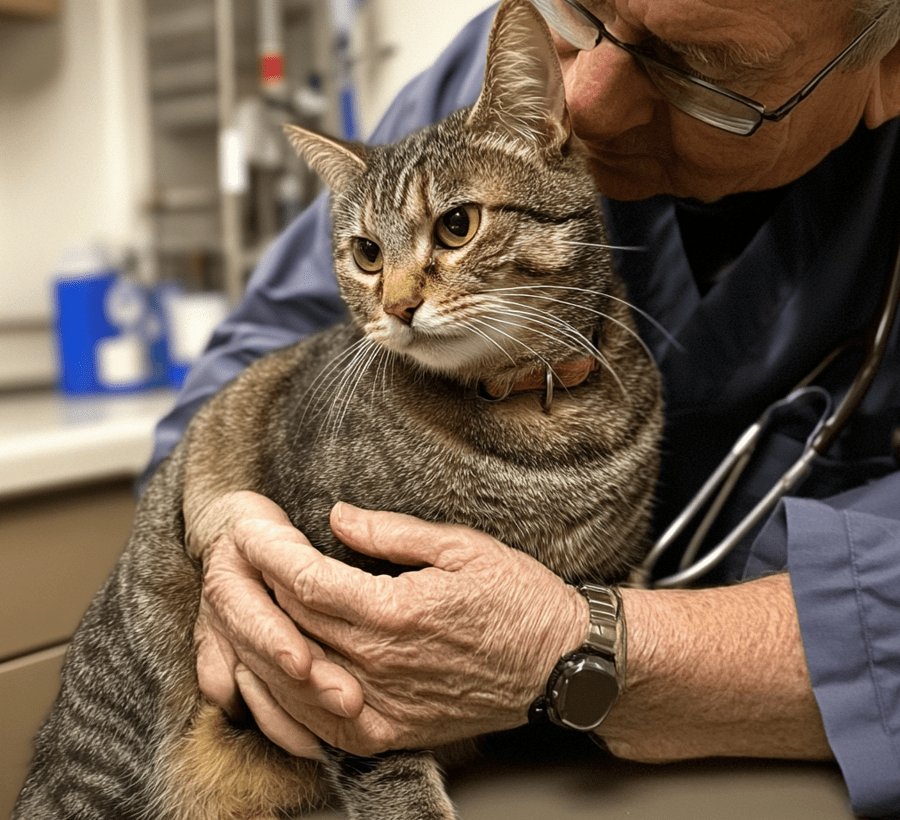
While kidney disease cannot always be prevented, there are steps pet owners can take to reduce the risk:
Regular veterinary check-ups: Cats of any age should have annual or half-yearly check-ups, in a bid to diagnose the advanced stages of kidney disease, especially, in the case of senior cats.
Manage underlying conditions: It is possible to maintain conditions such as diabetes, hypertension, and hyperthyroidism without aggravating the risk of kidney disease.
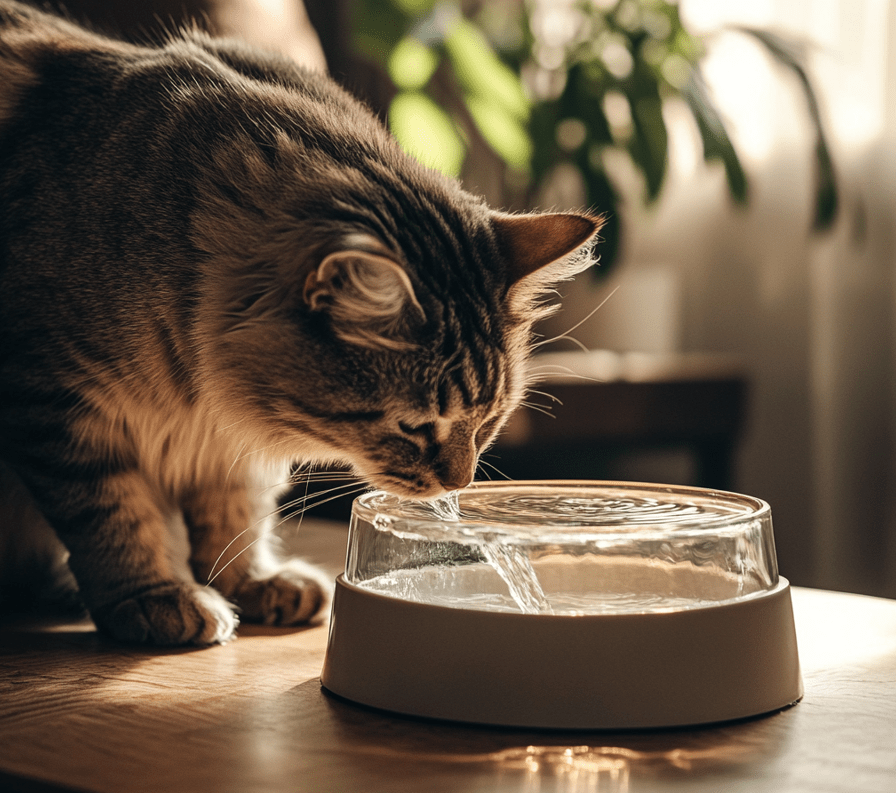
Avoid toxins: Make sure your cat does not have access to toxic substances such as antifreeze, poisonous plants, and certain drugs that affect the kidneys in humans.
Prognosis and Life Expectancy
The outlook for cats with renal failure varies depending on the stage of the disease at which it is discovered. Felines affected with FIV should start receiving treatment as soon as the disease is diagnosed as this is known to enhance the cat’s life expectancy and quality of life. Most cats with kidney disease are treatable but incurable, which means that they can live for months if not years after a diagnosis if given proper care and support.
This means that although kidney disease is a controllable disease it is a lifelong one that is going to need constant treatment and checkups. Cats in states 3 and 4 possibly need more advanced treatment or may need more constant observation.
Conclusion
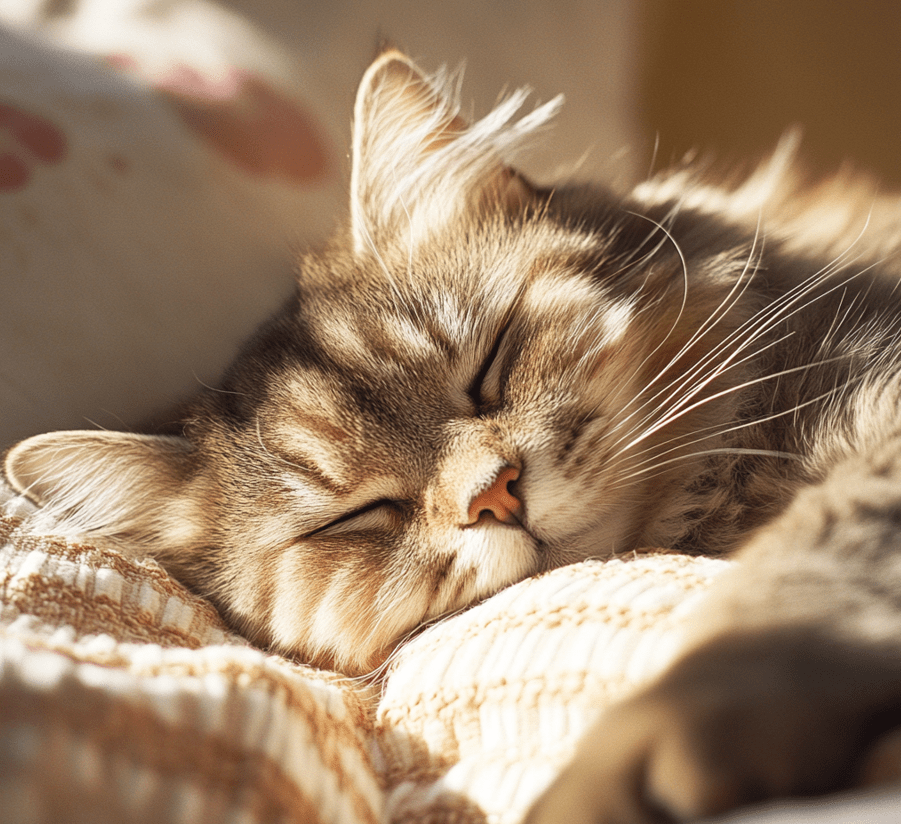
Kidney disease is a common problem for cats, especially for older animals, and is considered to be a quite severe ailment nevertheless, it can be controlled. Reading about the symptoms, causes, and treatments, pet owners can take a proactive approach to a cat’s needs and decrease their suffering. It is critical to treat your cat and keep them comfortable through kidney disease which includes daily checkups, a special diet, and monitoring the disease.

